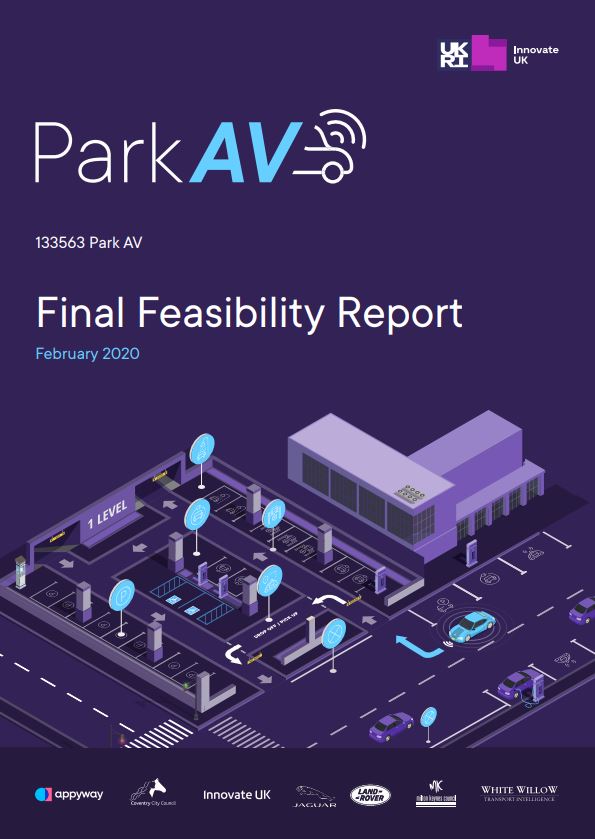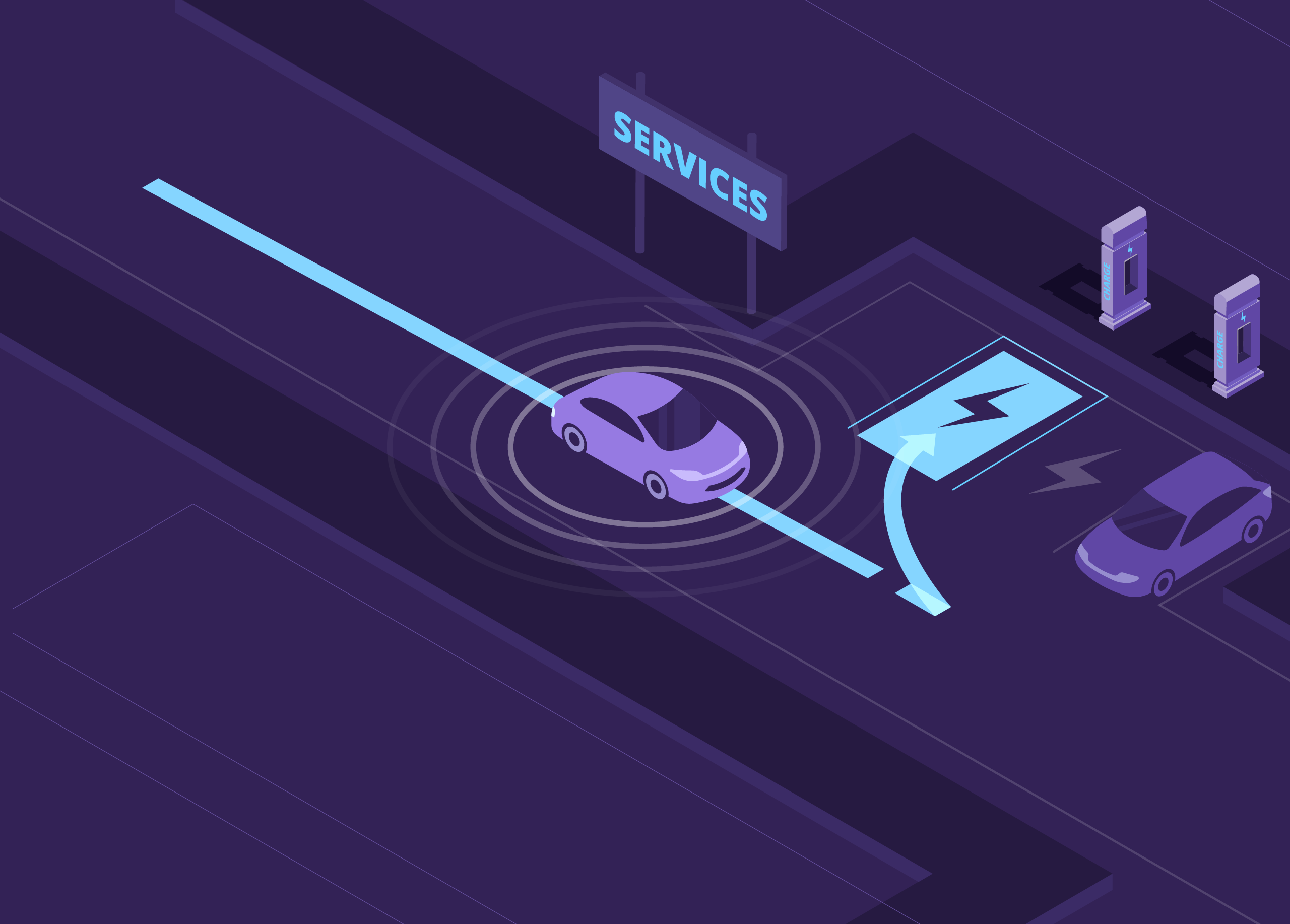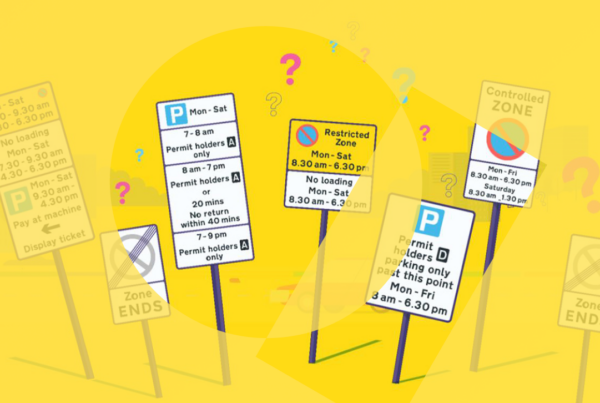Pioneers in mobility announce research collaboration to support a commercial and sustainable reality for Automated Valet Parking
- Automated Valet Parking (AVP) is a key feature needed in a level 4/5 automated vehicle. To identify available parking, reserve, navigate to and pay for is a complex task.
- In particular, addressing how and where Connected Autonomous Vehicles (CAVs) park when not carrying passengers has been identified as critical for the sustainable deployment of CAVs in cities.
LONDON UK, Tuesday 31st March 2020: A consortium of mobility innovators from the public and private sectors today announced their Centre for Connected and Autonomous Vehicles (CCAV) funded project, ‘ParkAV’, is spearheading technical and commercial research to help realise level 4/5 CAV adoption in cities. The project aims to solve the issue of where these vehicles will go to drop off passengers, how they park between trips to recharge, access storage, or be serviced and, importantly, blend the relationship between on and off-street parking to support Mobility as a Service (MaaS) operators.

Automated vehicles accessing reserved services
The consortium made up of Jaguar Land Rover, AppyWay (formerly AppyParking), Coventry City Council, Milton Keynes Council and managed by WhiteWillow Consulting, have focused efforts on what is seen as the core issue for the successful introduction of CAVs. How do cities, urban areas, traffic & highways planners ensure empty CAVs do not contribute to traffic and congestion?
The notion of AVP is actively being explored at a technical level by vehicle manufacturers globally. However, the ‘ParkAV’ partners suggest that whilst such engineering developments are to be welcomed, developing a scalable and sustainable framework to see AVP become commonplace, and monetised, requires a deeper public and private sector collaboration.
”A key deliverable within the project has been a detailed framework for both the flow of data and the flow of money to ensure AVP is viable solution. Beyond just the vehicle technology, AVP looks to deliver the function within a mobility subscription, one that manages topics such as Value Added Tax, all suppliers and even EV payment, in one technical and commercial interface. As a consortium, we have maintained a customer focus, ensuring they would be set down compliantly at their chosen destination. That means consumers no longer would have to enter the off-street facility at all and enjoy a much more convenient and hassle-free service, dropped off at their point of interest.
Ben Boutcher-WestHead of Mobility for AppyWay
”When thinking about what our constituents might expect in the future with the rise of CAVs, it’s important to focus on not only optimizing the user experience but also making sure the needs of the city are considered. Drop-offs and pick-ups for CAV journeys are likely to be on-street and close to points of interest, so both on-street and nearby off-street parking locations need to be part of our thinking. We must mitigate the circulation of empty vehicles on our streets and we’re proud to be continuing our innovative work in this space as part of the ParkAV project.
Sunil BudheoInnovation Manager at Coventry City Council
”We have recently seen practical demonstrations of CAVs operating in both Milton Keynes and Coventry, so we are very confident that self-driving vehicles parking themselves is not too far away. ParkAV gives us the opportunity to understand how this technology can be best applied in city environments, maximizing the benefits for travellers and cities.
Brian MatthewsHead of Transport Innovation at Milton Keynes Council
The group have uncovered the baseline requirements and considerations across four key areas:
- User experience: what do consumers/passengers want and expect?
- Commercial model: how are all parties active within an AVP session compensated? How will the market opportunity be unlocked to enable scale?
- Integration: how do the physical and digital realms integrate across on and off-street infrastructure? How do cleaning and valet services access vehicles?
- Local government integration: off-street parking works best when it compliments on-street provision and supports local transport and traffic policies. Solutions that support both are important requirements for the mobility-as-a-service marketplace.
Key to the research is to understand the detailed flow of money and data that will enable multiple on and off-street operators and service providers to work together, presenting the operator and end consumer with a single interface with which to do business. This will maintain safe and reliable mobility for consumers. A comprehensive data and money exchange model has been developed; ensuring systems scale across multiple sites and are commercially and socially viable.
The work from the ParkAV project enables the sector to deliver CAV’s in a more integrated way. A key point is that in order to scale the rollout of shared, connected and one-day autonomous vehicles, through a concept the consortium call “MaaSpark” (MaaSpark is the concept of parking for MaaS providing dynamic kerbside access and integrated payments), further steps are required to make parking better for everyone.
We don’t have to wait to take these steps; they can be implemented ahead of the CAV technology itself. The steps laid out by the consortium form a “call to action” for government and an opportunity for all sectors to collaborate further.
Based on their findings, the ParkAV project suggests the following to central government:
- Change the Road Traffic Act to allow short term parking (“kerb-kissing”) in bays dedicated for other users and allow dynamic payment / reservation of parking bays (this also works for human driven vehicles)
- Allow digital and dynamic Traffic Regulation Orders (TROs) captured from roadside data to enable digital coverage for the whole UK. Within this, renaming from Traffic Regulation Order to “Mobility Enabling Order” will emphasise the change in thinking
- Mandate standards that support interoperability from parking payment systems (as is starting to happen with Electric Vehicles for both charge point access and payment accounts)
- Don’t just look at CAV vehicle capability, but have a customer and business centric view of how they influence land use and development planning to encourage adaptability of land use and growth with a technology agnostic approach
For local government, they suggest:
- Develop new approaches to more open parking contracts, based on outcome based Key Performance Indicators with more risk taken by the contractor. This would allow parking to move from a negatively viewed labour intensive enforcement model to an outcome driven enabling model to support social good, whilst preserving current income levels from “parking”
- See MaaSpark as an important enabler of MaaS, rather than a competitor/ blocker to it
- Develop ways to charge wholesale prices for parking by changing contract approaches
- Consider and plan now for future AV parking within new developments, allowing for future change of use.
AppyWay, Jaguar Land Rover and the wider UK industry then have opportunities to exploit these actions, enable changes, and help to provide better parking for all, not just autonomous vehicles.
”The ParkAV project demonstrates the key role that AVP could play in the future of mobility. The potential for AVP to reduce the time and stress when parking a vehicle is an exciting step forward in helping Jaguar Land Rover to reduce congestion in the future. By developing premium features, which enhance our customers driving experiences we can achieve our Destination Zero mission.
Colin TeedLead Engineer, Advanced Electrical Research at Jaguar Land Rover
Please do not hesitate to get in touch with us today should you wish to know more about the findings.
Or why not read the ParkAV Executive Summary? Fill in the form below to access the summary.








